

RESISTANCE

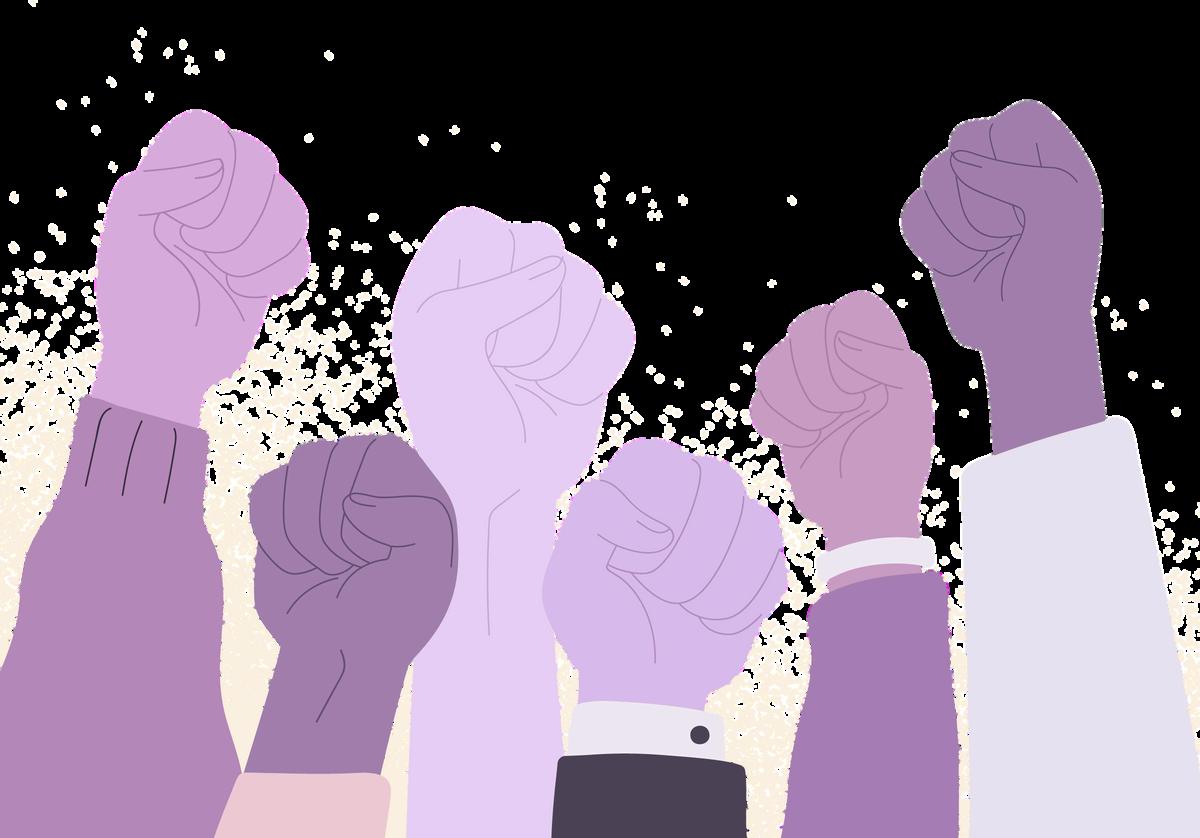

EDITOR’S NOTE
“When tyranny becomes law, rebellion becomes duty.”
Thomas Jefferson
With each law, rule, and change, resistance follows. From grassroots movements to personal boundaries, from resisting tyrannical authority figures to challenging entrenched habits, we are constantly considering ways to push back against pressures, systems, and expectations. In an age where conformity may feel easier than questioning, it is vital to recognize how resistance shapes our identities and choices.
So, what does it mean to resist, and what forms can resistance take? In this issue, we explore the many ways resistance manifests, both subtle and overt, internal and collective, showing how acts of defiance and persistence shape the world we live in and the people we become.
NOTE
ny becomes law, rebellion becomes duty.” rson
w, rule, and change, resistance follows. From ovements to personal boundaries, from resisting hority figures to challenging entrenched habits, antly considering ways to push back against stems, and expectations. In an age where may feel easier than questioning, it is vital to w resistance shapes our identities and choices.
it mean to resist, and what forms can resistance issue, we explore the many ways resistance oth subtle and overt, internal and collective, acts of defiance and persistence shape the world the people we become.
WHISTLEBLOWERS
By Haeun (Regina) Kim
Layout by Haeun (Regina) Kim
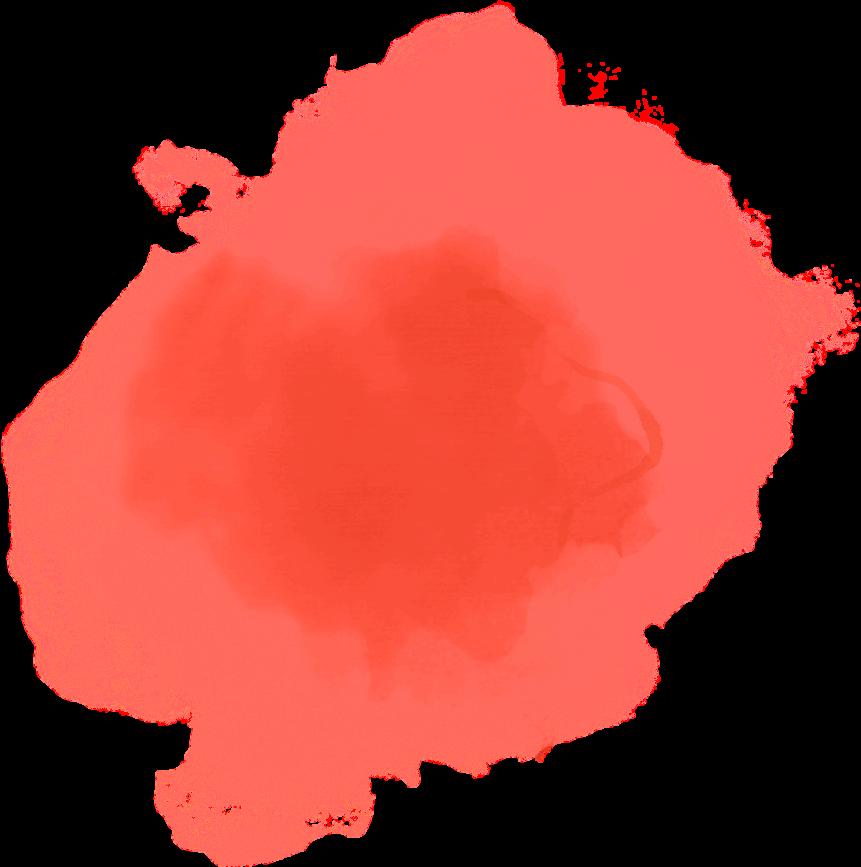

digital art
Haeun (Regina) Kim
Daniel Ellsberg
ISTLEBLOWERS
) Kim (Regina) Kim


Daniel Ellsberg
digital art
Haeun (Regina) Kim

Whistlerblo dates back in in which whistles signify the st confession. Wh any illicit matte public organizat they are employe actions, they ofte and praise.
Daniel Ellsb whistleblower. Pentagon Pap confidential Department of D nation's politic involvement in to 1967. The con to the press re operations led b only instigated t place,
WHISTLEBLOWERS
Part II
By Haeun (Regina) Kim
Layout by Haeun (Regina) Kim
Edward Snowden is a former contractor for the US NationalNational Security Agency (NSA). He was an infamous whistleblowed, termed the most famous whistleblower in history, who leaked classified government information in 2013. This information revealed the United States’ mass surveillance program. For instance, it disclosed the fact that millions of phone records and stores of internet data were being unwittingly collected from US citizens. Specifically, programs like allowed the NSA to access data from major tech companies like Google, Facebook, and Apple, and government officials also had access to telephone megadata. Snowden believed that these operations violated the US Constitution and the rights of the citizens, triggering his decision to fly to Hong Kong to share these documents with journalists from The Guardian and The Washington Post.
The US government charged Snowden under the Espionage Act, which does not allow for a whistleblower defense. In response, Snowden fled to Russia, where he was granted asylum and later permanent residency. He faces up to 30 years in prison if he returns to the US.
The information he leaked sparked global debates on privacy rights and even led to changes in surveillance laws, such as the 2015 USA FREEDOM Act, which ended the NSA’s bulk collection of phone metadata.
Edward Snowden remains a deeply polarizing figure. Some Americans praise him for his bravery in exposing government corruption. Others condemn him for damaging national security and hindering crucial government operations. Whatever the case, he is the most notorious whistleblower to go down in history.
ISTLEBLOWERS
Part II
) Kim (Regina) Kim
nowden is a former or for the US ty Agency (NSA). He ous whistleblowed, most famous in history, who fied government in 2013. This evealed the United rveillance program. t disclosed the fact phone records and net data were being ollected from US cally, programs like NSA to access data ech companies like ok, and Apple, and officials also had ephone megadata. ieved that these iolated the US nd the rights of the ring his decision to ong to share these h journalists from nd The Washington
The US government charged Snowden under the Espionage Act, which does not allow for a whistleblower defense. In response, Snowden fled to Russia, where he was granted asylum and later permanent residency. He faces up to 30 years in prison if he returns to the US.
The information he leaked sparked global debates on privacy rights and even led to changes in surveillance laws, such as the 2015 USA FREEDOM Act, which ended the NSA’s bulk collection of phone metadata.
Edward Snowden remains a deeply polarizing figure. Some Americans praise him for his bravery in exposing government corruption. Others condemn him for damaging national security and hindering crucial government operations. Whatever the case, he is the most notorious whistleblower to go down in history.

RECLAIMING NATURE IN URBAN AREAS
By Claire Baek
Layout by Haeun (Regina) Kim
Guerrilla’, or ‘small war ’ , refers to the action of taking part in irregularirregular fighting against larger regular forces. This war term seems out of place when applied to plants and nature. However, the term ‘Guerrilla gardening’ is a widely used term for a movement of resistance that has developed throughout history.
Guerrilla gardening is the act of gardening mostly in places the activists don’t legally own—by cultivating plants, growing food, or growing flowers often in public or abandoned places where urbanism has developed. This practice is also sometimes seen as a form of environmental activism or a way to beautify and connect with nature in urban areas. Motivations for guerrilla gardening often overlap. Many aim to improve the quality of life in neighborhoods by cultivating
nature and improving the environment, while some want to protest against land-use practices and policies that disturb nature. These social, political and ecological motivations drove the growth of guerilla gardening into a global movement, inspiring communities worldwide to pursue diverse purposes that this resistance entails. People reclaimed land for political or environmental purposes before the term ‘Guerrilla gardening’ officially formed. For example, in the 1960s, the University of California, Berkley bought land near campus to build student housing. Then in 1969, activists in the Free Speech and antiwar movements began reclaiming land by creating public parks, planting trees, and planting flowers on it. This formed the People’s Park, now a modest city landmark, which
RECLAIMING TURE IN URBAN AREAS
(Regina) Kim
r ‘small war ’ , refers to of taking part in ting against larger This war term seems hen applied to plants However, the term ning’ is a widely used vement of resistance veloped throughout rdening is the act of stly in places the t legally own—by nts, growing food, or s often in public or ces where urbanism This practice is also en as a form of activism or a way to onnect with nature in Motivations for ning often overlap. mprove the quality of hoods by cultivating

nature and improving the environment, while some want to protest against land-use practices and policies that disturb nature. These social, political and ecological motivations drove the growth of guerilla gardening into a global movement, inspiring communities worldwide to pursue diverse purposes that this resistance entails. People reclaimed land for political or environmental purposes before the term ‘Guerrilla gardening’ officially formed. For example, in the 1960s, the University of California, Berkley bought land near campus to build student housing. Then in 1969, activists in the Free Speech and antiwar movements began reclaiming land by creating public parks, planting trees, and planting flowers on it. This formed the People’s Park, now a modest city landmark, which belies the legal st university’s right property for its public desire for Though this controversy abo proponents of gardening activis empowered com action in shaping and challenged private ownersh Later, in the gardening beca phenomenon environmentalist reclaim land urbanism by pla and improving people living in d Though this ‘reclaiming nat peaceful and surface, many activists spill boundaries to political practic provoke change as a direct form example, one m gardening aimin reconsideration in areas perceived
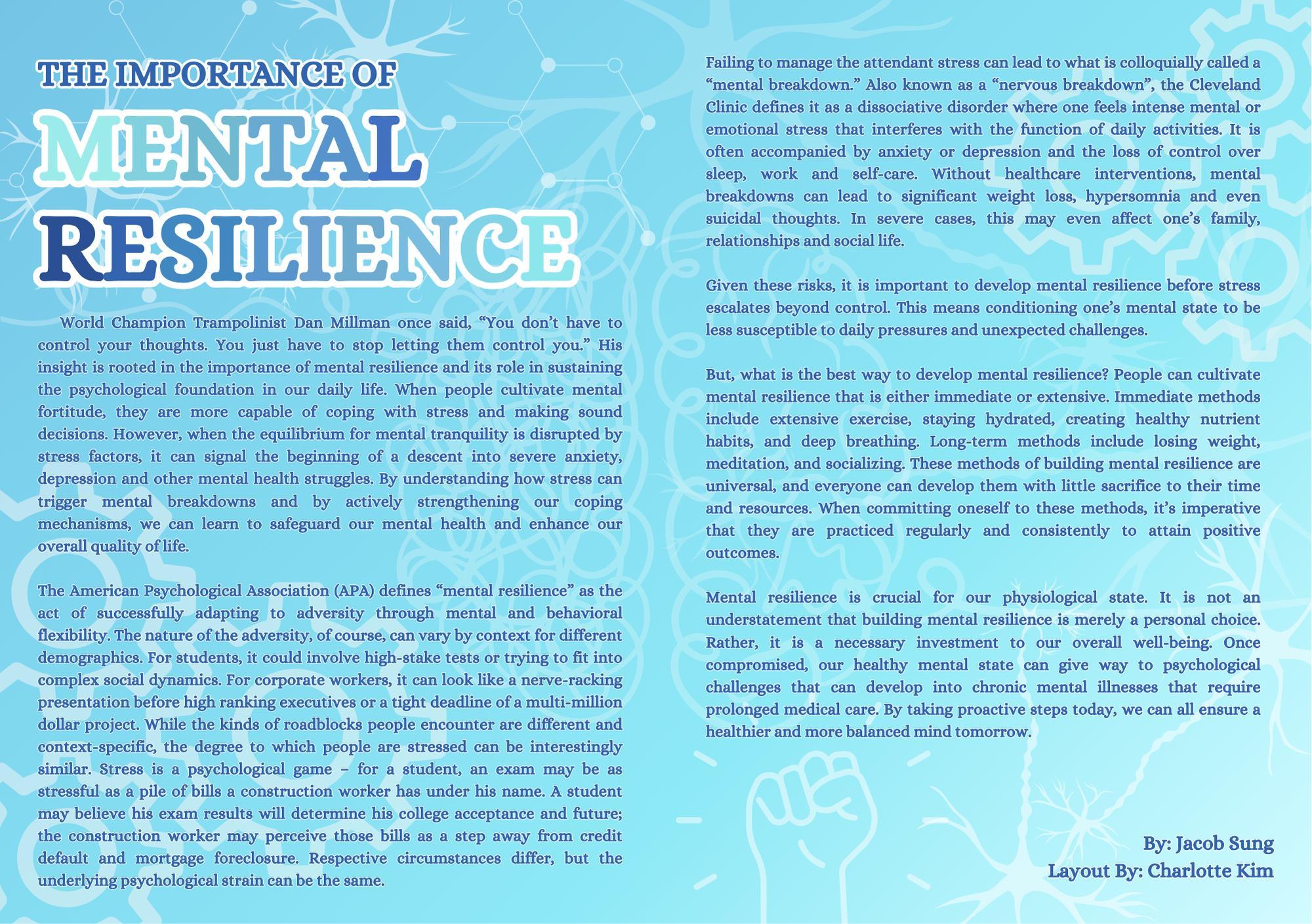

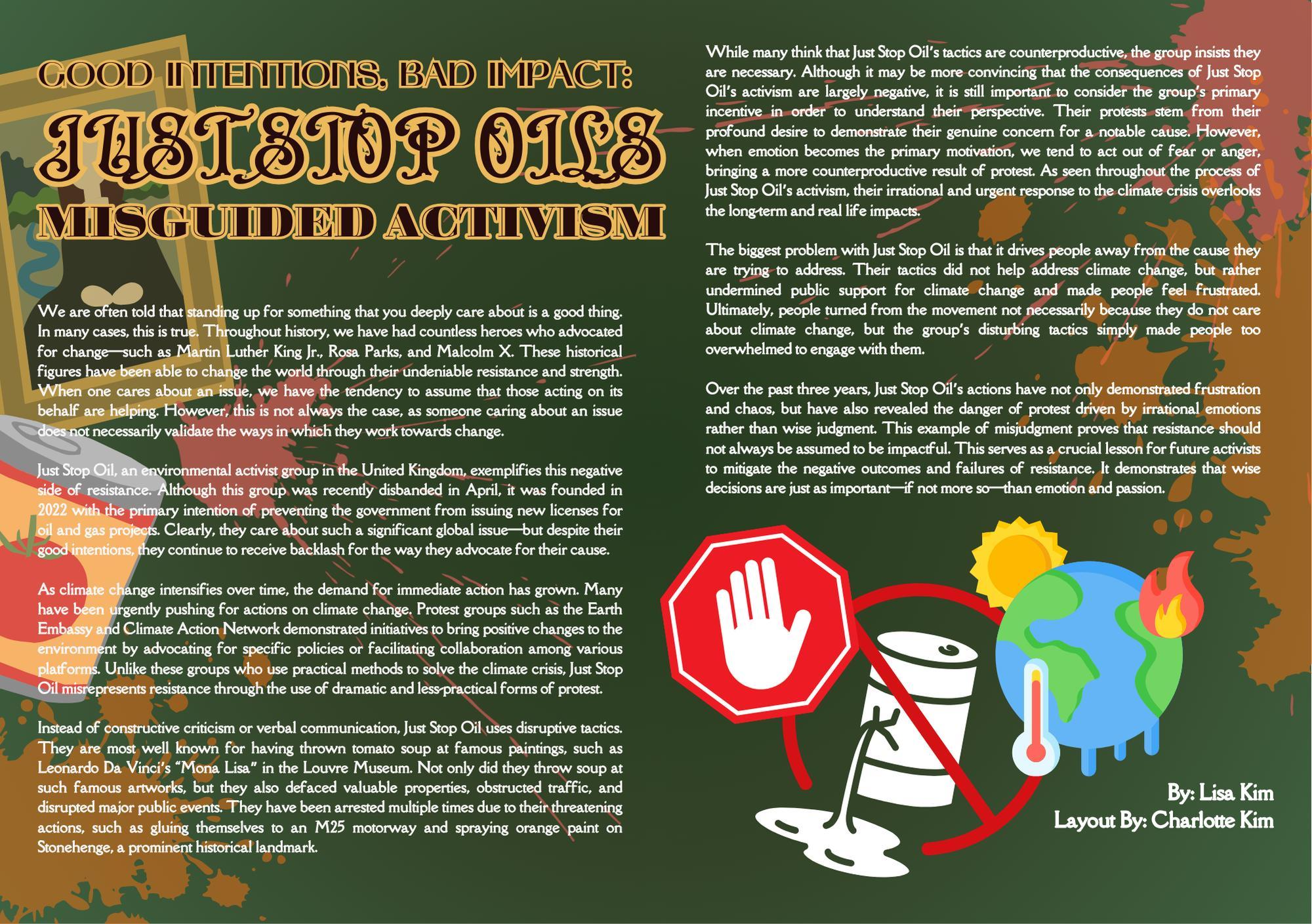

TAXINGTHERICH
Writing by Austin Chung Layout by Zoe Chang
According to online news website
USA Today, demonstrators from
With the wealthy constantly maintaining and amassing wealth, money circulation will slow down. Thus, people who remain poor will always remain poor, while the wealthy will remain wealthy. This becomes a problem especially in capitalist societies, which rely on ambition and reward for technological and social progress. If wealth becomes restricted to the elite minority, the capitalistic system will fall apart, ultimately stagnating progress. Another problem that comes with great wealth inequality is the concentration of political power: those who are wealthy possess more political power. Such was the case during the French Revolution, when the wealthy minority enforced heavy taxation on the majority despite having a “democracy.” The same goes for monopolies during the Gilded Age, such as Joseph Pulitzer’s The World, which held a great amount of political power due to its amassed wealth. Even today, Elon Musk in the US, as well as France, Germany, Italy, Japan, and the US gathered to protest against the "billionaire takeover” on May 1, 2025, an event now known as the May Day protests. And with Elon Musk’s US government position sparking skepticism and public outcry, hatred against the hyperwealthy is at an all time high. However, this animosity existed long before the last few decades. For example, the French Revolution in 1789 was primarily driven by hatred against the First and Second Estates, who, at the time, possessed over 90 percent of the country’s wealth despite only amounting to 3 percent of the population. Such disparities created a stratified power structure, where the elite held both the political and economic power, while the majority peasants faced heavy taxes and suffered from inequality. Indeed, wealth disparities cause problems in society even today. One of such problems is reduced economic mobility.
Chaebol families in South Korea, hold political power in their respective countries due to their wealth.
This undermines democracy itself, which relies on everyone having equal rights and voices. Furthermore, the difference in power between the minority wealthy and the majority leads to distrust, which may lead to rebellion and potentially violence. This was the case for the French Revolution, where Marie Antoinette’s famousyet-misattributed claim,“Let them eat cake,” caused mass outrage, destruction of property, and violence. Finally, in the worst cases, wealth stratification creates barriers to basic needs. Low-income families struggle to get their basic needs, such as food, shelter, water, making life worse for the majority of the population.
Today, especially in developed countries, the government has taken steps to prevent the consequences of wealth disparity. One is progressive taxation, which puts a greater percentage tax on the wealthy, thereby discouraging becoming extremely wealthy, while also encouraging money circulation throughout the economy. The government also supports universal basic services, which provides free or affordable education, healthcare, childcare, housing, etc, allowing even low-income families to have basic necessities for survival and social functioning. Corporate protections and worker rights have also improved over the last few decades, raising minimum wage and strengthening labor rights.
RapidAIAdvancements TriggerGlobalConcernand Resistance
Written by Aiden Woojin Cho
Layout by Zoe Chang
It may seem surprising that some resist the idea of technol-
ogical progress. However, there is a growing number of people that reject the expansion of the tech industry and its increasing influence. This kind of resistance stems from the fear of certain devices and entities becoming overly powerful. Specifically, the growing industry of AI reshapes the labor force and how an average human reacts with technology. Overall, the increasingly prevalent presence of AI in everyday life has concerned many. What once felt like science fiction is now capable of writing essays, generating images, and simulating a conversation all for free. Although it is an indispensable asset of everyday life, it is starting to raise anxiety upon many key individuals.
In 2023, Nobel Prize winners, top AI scientists, and even the CEOs of
leading AI companies signed a joint statement with the goal that “Mitigating the risk of extinction from AI should be a global priority alongside other societal-scale risks such as pandemics and nuclear war. ” Signatories included Sam Altman, the CEO of OpenAI, and James Mickens, a Computer Science professor at Harvard University. The reason why so many scientists and world leaders perceive AI as a large risk stems from the overwhelmingly rapid rate at which it is developing. For example, in 2019, GPT 2.0 was able to answer simple factual questions, translate languages, and do basic calculations. By 2022, GPT 3.5 had developed significantly and was able to code software and write stories and poems. Now, in 2025, GPT 4.5 is able to generate videos from prompts, emulate human voices, and take images as a form of
prompt. If AI continues to improve at the same rate, AI would be able to code and generate other types of AI. Eliezer Yudkowsky at Machine Intelligence Research Institute, says that AI’s “growth would become much steeper. If AI becomes super intelligent and outperforms humans in all intellectual tasks, then the human race would, essentially, become extinct.”
Some doubt that AI will overtake humans as AI is unable to think and lacks an understanding of its surroundings. Nonetheless, its ability to perform a certain task and how well they do it rather than consciousness or understanding. For example, it does not matter if an AI understands chess, it only matters that they are able to outperform even the best of the best. Moreover, others say that AI is bound to reach a limit where it is unable to perform difficult and complex tasks. However, people have been saying that AI will reach its limit for years and have incorrectly predicted them multiple times. From generating images to creating videos, people expect AI progress to come to a halt despite the fact that it just keeps getting better.
In recent weeks, Elon Musk, the head of xAI and SpaceX, has voiced his concern on the pace of AI development. He claims that the AI
data centers will exceed available power capacity by mid-2026. He noted his xAI venture is already planning gigawatt-scale centers near Memphis, where one gigawatt is equivalent to the power capacity of the average nuclear plant in the United States. Musk states that AI will face three major limitations as it scales up: chips, transformers and power generation. Transformers are used to ramp down the voltage of electricity produced by power plants so it can be used by computers. Numerous other key individuals have voiced their opinion on the growth rate of AI. For example, Sam Altman, the CEO of OpenAI has warned governments that failing to regulate AI could lead to “technoauthoritarian regimes.”

GONGKWAN

Writing
& Layout by Zoe Chang
The practice of political protesting is commonplace for South Kore-
Its name, Sungkyun, was derived from a famous saying: “to accomplish what has not yet been achieved through the talents of people, and to bring order to what is not yet harmonious through customs and moral culture.” As mentioned by its name, Sungkyunkwan not only aimed to educate young people in the nation, but also to bring order and peace by settling administrative policies that were unjust.
During the Joseon dynasty, students of the Sungkyunkwan Academy were granted rights to reproach and protest against administrative policies through a series of acts known as Gongkwan.
The Sungkyunkwan Academy was the Joseon dynasty’s institution of higher education, where students across the country gathered to prepare for the civil service exam.
The process of protest, however, was quite complex. Students had to express their opinion together during their lunch period, and create a document requesting for or renouncing a policy. Then, it would be signed by the students to be wrapped in a red fabric and carried to a place where it would be read out loud. Finally, the both the document and the students would enter the Royal Palace, sitting in front of the door in a row and waiting for the ans, especially for students. There have been many notable student protests against oppressive regimes in recent Korean history, with the March 1st Movement (1919) against Japanese imperialism and the April Revolution (1960) against President Rhee Syngman’s dictatorship being two examples. Although student protests may seem like a modern phenomenon in Korea, especially as Korea had been a monarchy for most of its history, it is not so new.
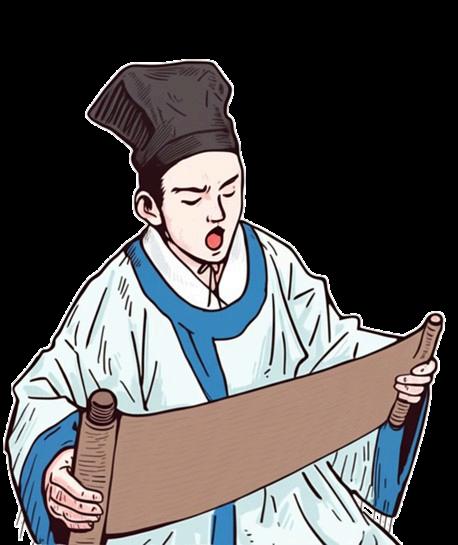
king’s response. If the students were satisfied with the king’s response, they would go back to the academy. If not, they would not return to the academy, refusing to attend classes or eat the cafeteria food. The vacancy of the Sungkyunkwan was noted by the Chinese character Gong ( 空 ), which means “empty”, earning the name Gongkwan.
Gongkwan’ s purpose also changed between the early and late Joseon period. In the early Joseon period, most Gongkwans took place to criticize the royal family’s tolerance of Buddhist practices, as Joseon was founded upon Confucianism. During the late Joseon period, as political factions became apparent, Gongkwans were used to advocate for one ’ s own political values rather than to oppose a king’s unfair policy. Today, protests embody both traits: to advocate for a specific political party or policy that may benefit the protestor, or to oppose a policy that may greatly harm society.
Although the purpose of the Gongkwan saw significant changes during the Joseon era, its fundamental purpose remained the same: to provide a platform for students to contribute to nuanced political decisions. Protests in today’s society should also embody this core trait: rather than amplifying the voices of a certain sector, they should provide a fresh perspective that allows policies to benefit society.

President: Grace Lee
Vice President: Yeonjae Kim
Copy Editors: Russell Jin, Charlotte Kim
Art Editor: Haeun (Regina) Kim
Public Relations Managers: Zoe Chang, Woojin Cho
MASTHEAD WRITERS
Claire Baek
Zoe Chang
Woojin Cho
Austin Chung
Lisa Kim
Alina Lee
Jacob Sung
LAYOUT
Zoe Chang
Charlotte Kim
Haeun (Regina) Kim
